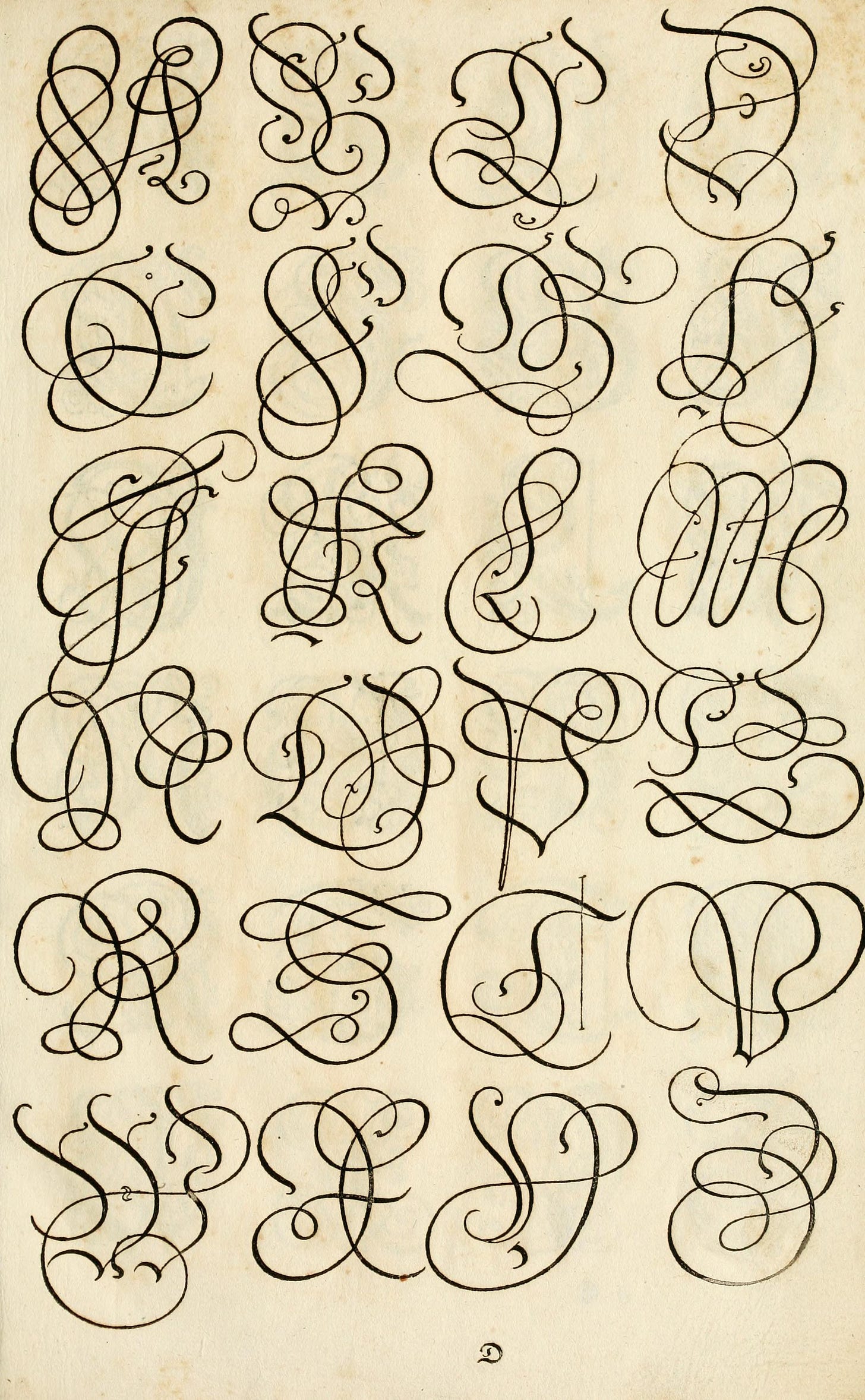
Last week I wrote about how autonomy is essential to creative practice. This week, I want to offer a prompt that helps build autonomy and nervous system safety in your creative practice. If you turn to writing to work through hard things, then you need some tricks to stay in regulation and not be overwhelmed.
This activity is based on a section from one of my all-time favorite books: Syllabus: Notes from an Accidental Professor by Lynda Barry. I can’t include the illustrations here (consider getting your hands on a copy; it’s so worth it), but here’s the text:
Where do cartoon characters come from? In over 30 years of drawing, I’ve never thought one up. I just draw and they seem to show up. Like these three characters showed up last week while I was drawing nothing in particular, practicing something I call “my line”, watching the way the ink went into the paper, letting one shape lead to the next, and letting a skating feeling take over—one smooth line and another and there they were. And the way I knew they were characters was I felt myself wanting to copy them. I find out more about them by drawing them again. I start to get a feeling for the moods they are in, what their personalities are like, and I can answer certain questions about their dispositions: for example, which of these three would eat human flesh? A story starts to develop and I don’t have to do very much except draw them again and try not to push things in any particular direction for as long as I can stand to stay out of things, but eventually that open way changes and I start wanting from them. I want them to be really good right away and this stops the natural pace of discovery and replaces it with an objective. This can’t be helped. (Lynda Barry)
I think about this passage nearly every day.
I think about the “skating feeling,” the “open way”—of cultivating a sense of ease in my work. It’s a reminder to me that, even when I’m writing about hard things, the writing itself doesn’t have to be hard. The creative process can be less about pushing through, and more about returning to an idea or an image again and again, each time bringing something new or refining it.
I think about the internalized expectations that we bring to the work—the desire to be “good right away”—and how that interferes with playfulness and true exploration.
I think about what a gift it is that Lynda Barry acknowledges that eventually “an objective” enters the process. We can’t be in discovery mode forever, but we can seek to prolong that part of the process (even though our first impulse might be to cut it short).
Barry’s method of engaging in discovery is to follow her line and then copy, copy, copy. She’s talking about character creation through visual art, so how can we apply this to writing? For the virtual workshop that Sarah and I offer on joyful practice, I developed a set of prompts that I hope can serve as a written-word equivalent to following the line. Since writing them out a few weeks ago, I’ve found that I’ve genuinely shifted my own process and slipped deeper into “the open way.”
Keep reading with a 7-day free trial
Subscribe to The Scrap Heap to keep reading this post and get 7 days of free access to the full post archives.




